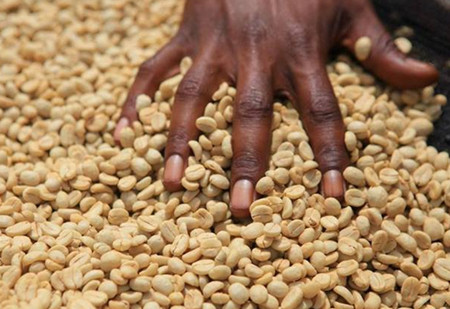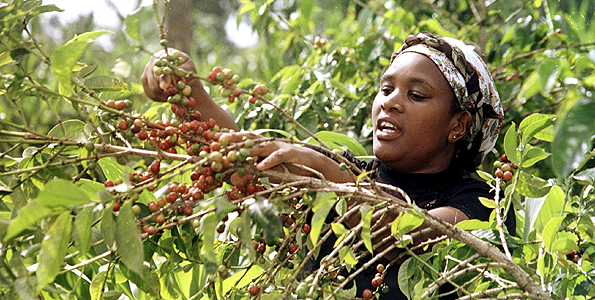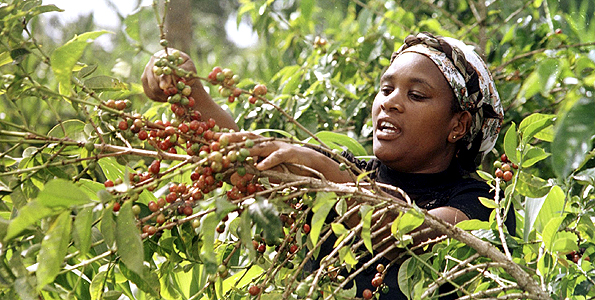Introduction of boutique coffee bean manor-- Costa Rican coffee goddess coffee manor

Citrus, maple syrup, red cherry, vanilla, a variety of fruits compound sweet and sour. This cup of coffee is called "Goddess". Today, Chongqing Brista Coffee training School will introduce you to a coffee bean produced by the Goddess Manor of Costa Rica in the United States. The goddess bean is a micro-batch Geisha (Rosa / geisha) breed of the Goddess Manor (Dota El Diosa) in Costa Rica, Central America. Rose summer has more or less heard of it. It is a precious bean seed from Ethiopia, the country of origin of coffee. Introduced to Central America, after several twists and turns, it won the cup test prize and became a blockbuster.
The Goddess Manor in Costa Rica was established in 1960. What we have to say about this "goddess" rose summer: the goddess is planted by organic farming, naturally shaded by local native trees and fruit trees, and organic fertilizer uses coffee and cherry pulp to mix molasses. Add fertile soil with high mineral content in the adjacent mountain area with microbial fermentation to produce organic fertilizer that can enhance the disease resistance of coffee, and the soil is suitable for California earthworm cultivation.
When the coffee fruit is ripe, it is picked by hand, only the ripe red-purple berries are picked, and the coffee raw bean processing method is washed with water, which is treated at a very unique constant temperature. the degree of fermentation allows the coffee to achieve an excellent balance between clarity and complexity, so that its flavor shows a better stability. It is really intoxicating to show the very special flavor of Geisha (Rosa / geisha).
Important Notice :
前街咖啡 FrontStreet Coffee has moved to new addredd:
FrontStreet Coffee Address: 315,Donghua East Road,GuangZhou
Tel:020 38364473
- Prev

Coffee bean hand-picking method Colombian planting Colombian coffee beans Colombian picking
The harvest time and methods of coffee harvest vary from place to place, generally speaking, about 1-2 times a year, sometimes up to three or four times. The harvest time is mostly in the dry season. In Brazil, for example, around June, it starts from Basiya in the north-east and ends in Parana in the south around October. The harvest period for Central American countries is from September to January of the following year.
- Next

Coffee from fruit to raw bean dry washing semi-washing refined Colombian coffee beans
Coffee changes from fruit to raw bean there is a pair of oval seeds in the middle of the fruit, which are covered with outer skin, inner pulp and pulp. Ripe fruit spoils in a short time without treatment. Refining is to remove the skin and pulp of the coffee fruit, and then take out the seeds. Generally speaking, about 1 kg of raw coffee beans can be obtained from 5 kg of coffee fruit. The refining methods include drying and washing.
Related
- Does Rose Summer choose Blue, Green or Red? Detailed explanation of Rose Summer Coffee plots and Classification in Panamanian Jade Manor
- What is the difference between the origin, producing area, processing plant, cooperative and manor of coffee beans?
- How fine does the espresso powder fit? how to grind the espresso?
- Sca coffee roasting degree color card coffee roasting degree 8 roasting color values what do you mean?
- The practice of lattes: how to make lattes at home
- Introduction to Indonesian Fine Coffee beans-- Java Coffee producing area of Indonesian Arabica Coffee
- How much will the flavor of light and medium roasted rose summer be expressed? What baking level is rose summer suitable for?
- Introduction to the characteristics of washing, sun-drying or wet-planing coffee commonly used in Mantenin, Indonesia
- Price characteristics of Arabica Coffee Bean Starbucks introduction to Manning Coffee Bean Taste producing area Variety Manor
- What is the authentic Yega flavor? What are the flavor characteristics of the really excellent Yejasuffi coffee beans?

